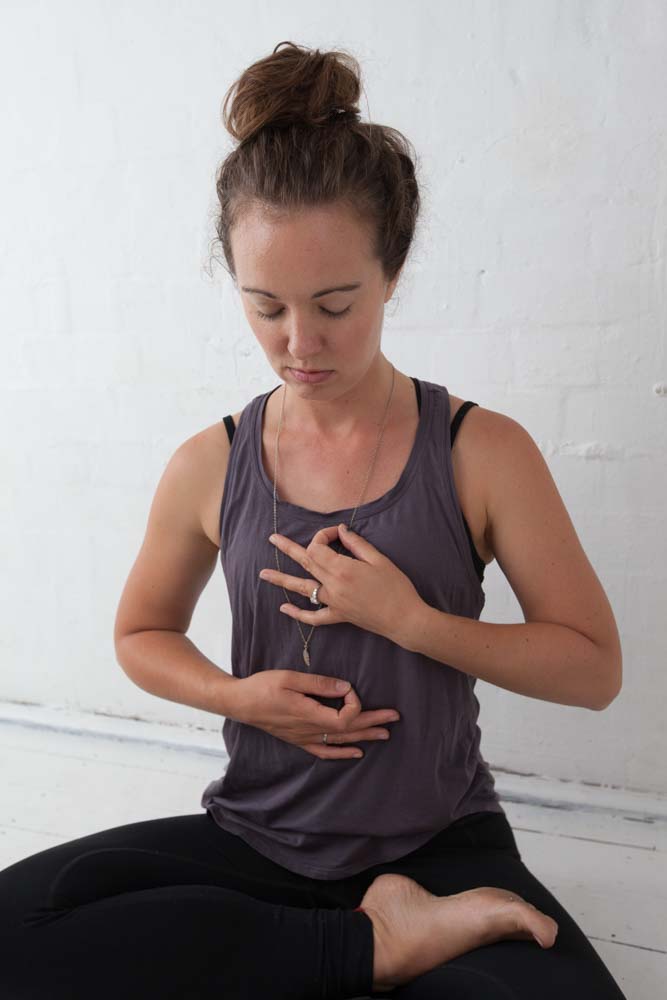Clarifying What I Teach & Why
shh…don’t tell…I don’t care if you can touch your toes
It doesn’t even worry me that you can’t do headstand or hold a plank (if you can, that’s cool too though). I’m unconcerned about the shape of your dancers pose or if you’ve made any progress in the splits.
These things are external. Superficial. Besides the point really.
I care about the internal. What’s going inside of you when you’re in downward dog? What sensations are you aware of? What emotions are you experiencing? What does the texture of the mat feel like under your palms? Does downward dog even feel like the right pose for you today - maybe child’s pose is better, or hands and knees?
Is your yoga a vehicle for deepening your self awareness? I care about that connection, not the one between your hands and the floor in a forward fold (or if they can get there at all, because, I don’t think it matters). I care that your yoga brings you into a deeper communion with your soul.
I worry that you might be too focused on how you look to notice how you feel. I hope for you that your yoga fosters a sense of connection between you and all other living creatures on this earth.
Recently, I have experienced a few different moments and events that have clarified and validated what I teach, why I teach it and who I am as a yoga teacher. I’ll explain one of these moments below:
I have been studying for a Masters in Counselling and Psychotherapy, am currently in my 2nd term, taking a course called Introduction to Somatic Psychotherapy. To learn more about what somatics is, click here.
———
Briefly - taken from wikipedia:
Somatics is a field within bodywork and movement studies which emphasizes internal physical perception and experience.
———
In this class, as part of our assessment, we have to, in a group, facilitate a somatic exercise for our fellow students. Today, we had our first taste of what that may be like. Our professor, Werner, spent 20 minutes instructing to self massage our feet. First, we circled our ankles using our hands, then we massaged from the arch of the foot to the toes and then to the heels, then we worked on the ankle etc. etc.
Eyes closed, breathing full, and awareness in the physical sensations within our bodies related to the massage. Immediately, I felt a sense of what we call ‘streaming’ in somatics but in yoga is known as prana moving through my body. It was so pleasurable and wonderful, a feeling I’m quite familiar with and often encourage other students to feel within class. To me, that feeling represents a deep connection to ourselves, to the space within us. (see why my business name is The Space Within? ;-) )
Afterwards, while in our group, I suggested as part of our led exercise, we could work with pawanmuktasana, a series of joint limbering movements that is designed to allow prana to flow and unlock any blocks within the body (the yogic version of the foot massage we’d done earlier).
Visual representations of prana, or energy for reference.
One of my group members said he was weary of the presentation being “just a yoga class”. He said he’d practised yoga earlier this morning and it felt very different to the self foot massage we’d done in class. [Insert my shocked face!]. To me, what we had done in class had the same effect I experience from my home yoga practice.
Then it hit me! What I teach is somatic. Somatic yoga!
I so rarely take public group classes, I much prefer practising on my own, at home. I follow my own internal cues and listen to my needs. It had been so long, that I forgot what happens in many yoga classes and forgot what it may feel like for the people in those classes. Here’s my (yes, somewhat over simplified, idea): the postures are described, students are told how to get into them, what the shape should look like, what the shape is called, where to position their bodies, which muscles to engage, which to stretch, what they should feel.
When we name shapes, or tell people what they are supposed to look like - we are creating an expectation that the pose “should” be a certain way. But should it? I’ve seen thousands of students over the years in my classes. Each person’s warrior II is different. If someone’s hips don’t have much external rotation, should they be square to the side wall? Perhaps not…anyway I digress (another post for another time).
that's me in a seated forward fold
So my dear friends, I have further clarified what I teach for myself and I am now sharing that with you. I teach internal awareness. A deepening sense of your own self. I try to give people freedom and space to experience whatever it is they’re experiencing without judgement. I try to avoid telling people what they should feel. For example, in a seated forward fold, I wouldn’t normally say “you’ll feel a hamstring and lower back stretch along with a sense of relaxation, it being a forward fold.” Inevitably, someone in my class, feels a hip-flexor contraction as the strongest sensation and feels heat, agitation and no relaxation whatsoever. Does that person then think they are “doing it wrong”? Maybe. I did as a student.
Instead…
I suggest, folding forward over your legs and exploring. How much of a bend feels good in your knees? Where are your hands best placed? Grabbing your feet, by the sides of your legs, on your thighs? What are the sensations you’re aware of within the pose? Stretch, tingling, energy moving, heat, coolness, itching? Where are they strongest, where are there less sensations? Do any emotions arise within the pose?
Somatics! I am attempting to increase people’s internal awareness and to increase their acceptance of those sensations and to lessen judgement of them and of yourself.
Disclaimer: this is not meant to be a post saying that other yoga teachers or yoga classes aren’t as good in anyway. Because I don’t think that. Most versions of yoga have a time, a place and a method that will work for someone in some way. There’s a reason there are so many versions, styles and studios - there’s a wide variety of humans out there who are drawn to different things. Find your own groove and run with it!
Join me in a public class, schedule a private yoga therapy lesson or connect with me in an upcoming workshop to experience what I describe and learn more!





